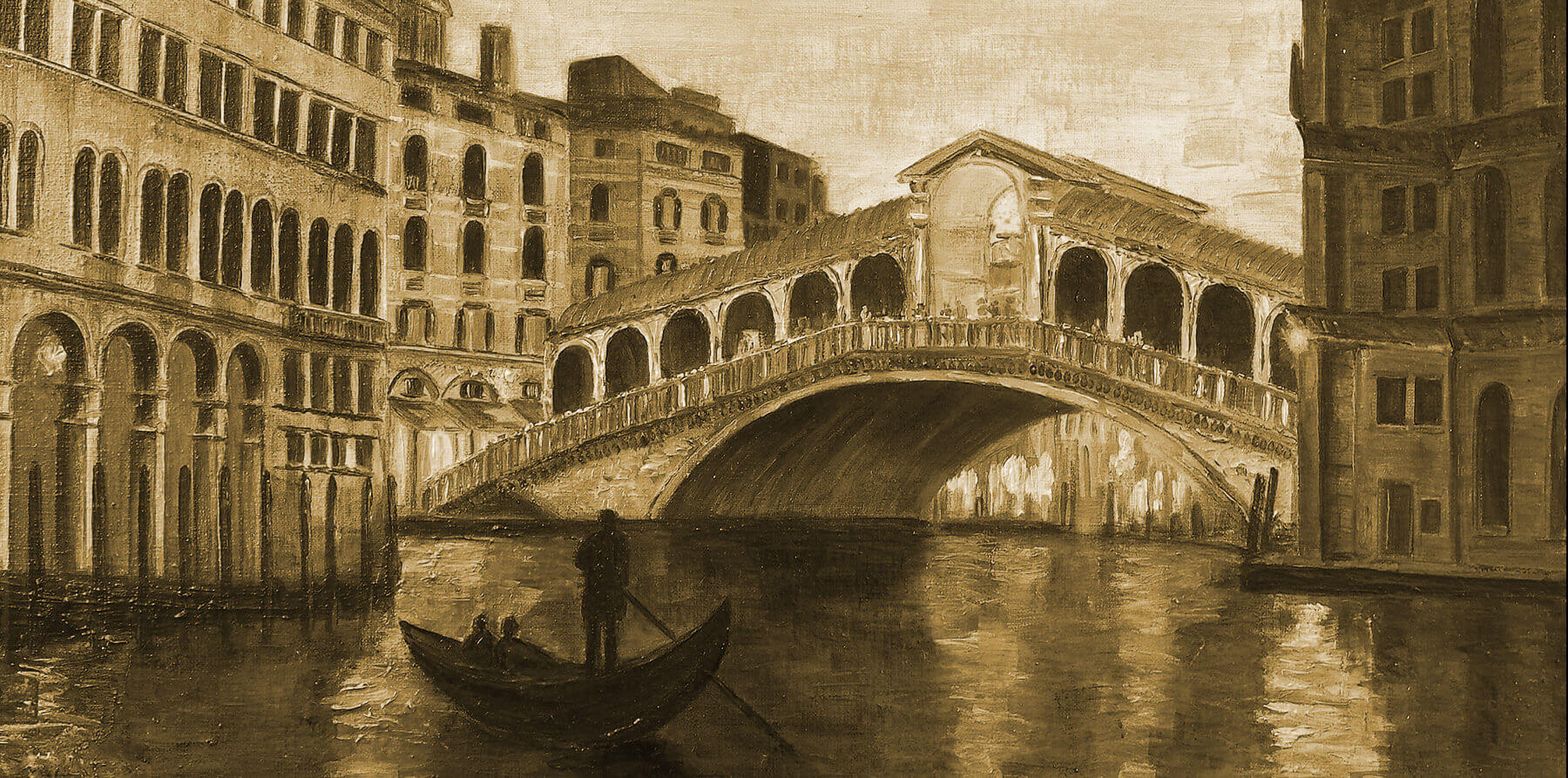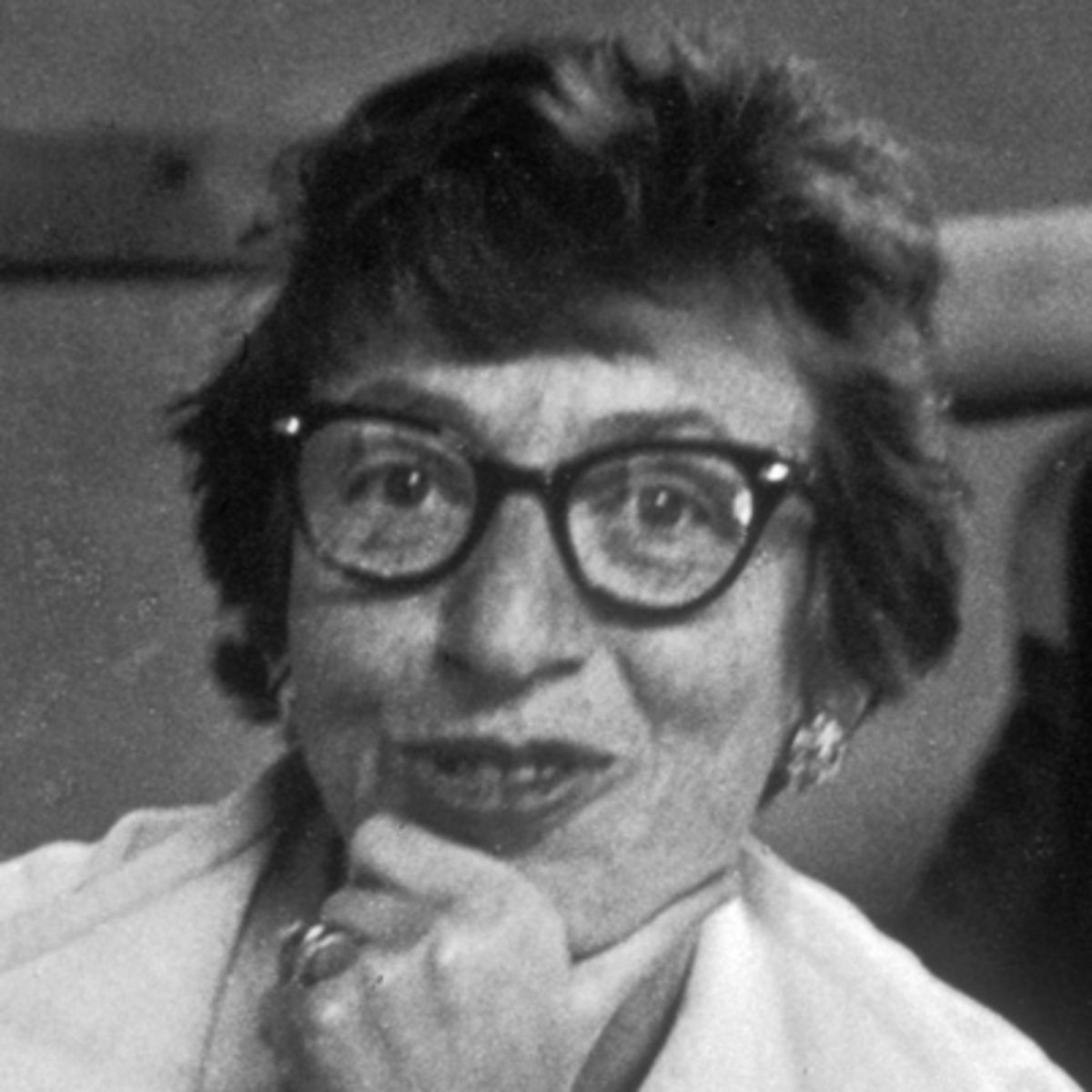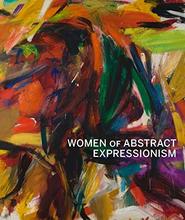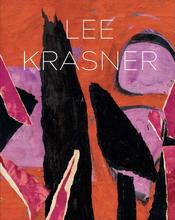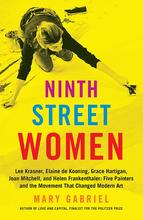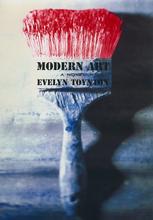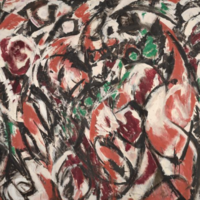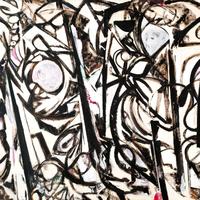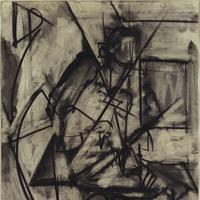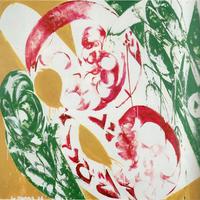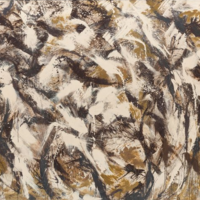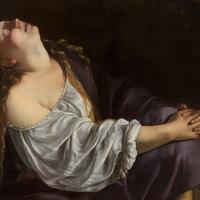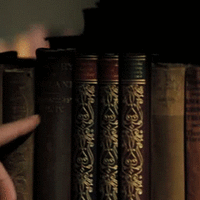More about Lee Krasner
- All
- Info
- Shop
Works by Lee Krasner

Contributor
Lee Krasner, though an entirely genius artist in her own right, was doomed to live in the colossal shadow of her husband, Jackson Pollock
If you ask me, this is a complete outrage because a) she was on the scene way before anyone even knew who Pollock was and b) she moved the needle for female artists so far forward that she is probably the “baby” referred to in the slogan, “You’ve come a long way, baby.” Her greatest weakness was her love for Jackson Pollock, putting her in the backseat of his artistic career rather than the other way around. This literally ended in a car wreck (one that killed Pollock) but luckily Krasner wasn’t in the car. Unluckily for us though, this didn’t put to rest the stereotype than men are better drivers than women.
In terms of her artistic style, Krasner had a very severe case of A.D.D. She was constantly switching styles and destroying her previous work, which as you can imagine was very frustrating to any museum trying to do a retrospective on her. Her own account of this stylistic restlessness, which she dubbed “breaks” is this: “My own image of my work is that I no sooner settle into something than a break occurs. These breaks are always painful and depressing but despite them I see that there’s a consistency that holds out, but is hard to define.” This consistency was in part due to the fact that she would recycle and repurpose her old work. Not only did she not follow the rules of Abstract Expressionism, but she also shattered them. She was described as violent, aggressive and fiercely independent aka the worst nightmare of the patriarchy that tried to put her down.
She was systematically dismissed by all of the men in the art world at the time. Mark Rothko, Robert Motherwell, and Barnett Newman all refused to acknowledge her. One of her friends, Wilfrid Zogbaum described her ambition as “at times a bit frightening” and even her mentor, Hans Hofmann described one of her works as “so good you would not know it was made by a woman artist.” Obviously she overcame these douches (blunt, but honestly what else would you call them) because she became one of only six women to have a retrospective at the Museum of Modern Art and has since been an inspiration for the feminist movement of the 1960s. Take THAT patriarchy!
Featured Content
Here is what Wikipedia says about Lee Krasner
Lenore "Lee" Krasner (born Lena Krassner; October 27, 1908 – June 19, 1984) was an American painter and visual artist active primarily in New York whose work has been associated with the Abstract Expressionist movement.
She received her early academic training at the Women's Art School of Cooper Union, and the National Academy of Design from 1928 to 1932. Krasner's exposure to Post-Impressionism at the newly opened Museum of Modern Art in 1929 led to a sustained interest in modern art. In 1937, she enrolled in classes taught by Hans Hofmann, which led her to integrate influences of Cubism into her paintings. During the Great Depression, Krasner joined the Works Progress Administration's Federal Art Project, transitioning to war propaganda artworks during the War Services era.
By the 1940s, Krasner was an established figure among the American abstract artists of the New York School, with a network including painters such as Willem de Kooning and Mark Rothko. However, Krasner's career was often overshadowed by that of her husband, Jackson Pollock, whom she married in 1945. Their marriage was marred by Pollock's infidelity and alcoholism. Pollock's untimely death in a drunk-driving incident in 1956, which left her as the executor of his estate at the peak of Pollock's career, had a lasting emotional impact on Krasner. The late 1950s to the early 1960s in Krasner's work were characterized by a more expressive and gestural style. In her later years, she received broader artistic and commercial recognition and shifted toward large horizontal paintings marked by hard-edge lines and bright contrasting colors.
During her life, Krasner received numerous honorary degrees, including Honorary Doctor of Fine Arts from Stony Brook University. Following Krasner's death in 1984, critic Robert Hughes described her as "the Mother Courage of Abstract Expressionism" and a posthumous retrospective exhibition of her work was held at the Museum of Modern Art in New York City. Pollock-Krasner House and Study Center in Springs, New York and the Pollock-Krasner Foundation were established to preserve the work and cultural influence of her and her husband. The latter has since focused on supporting new artists and art historical scholarship in American art.
Check out the full Wikipedia article about Lee Krasner
